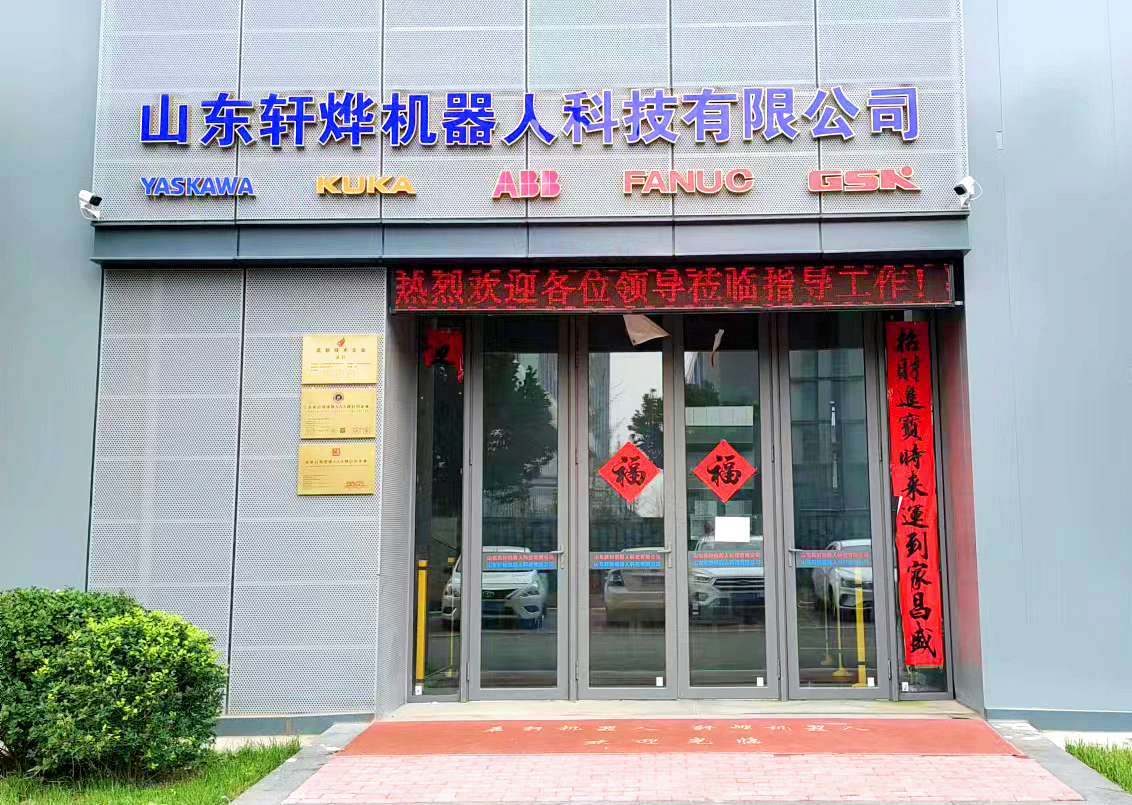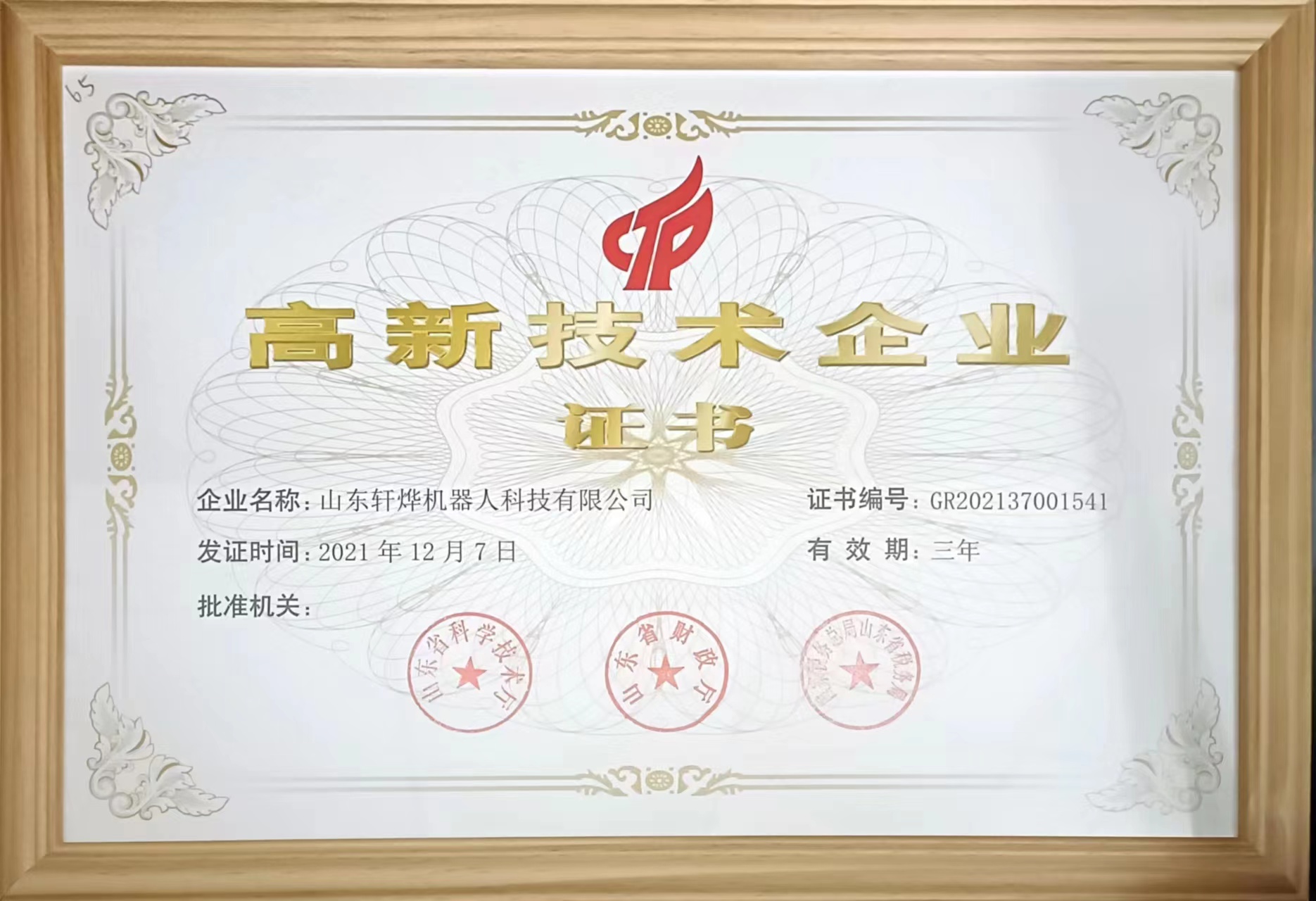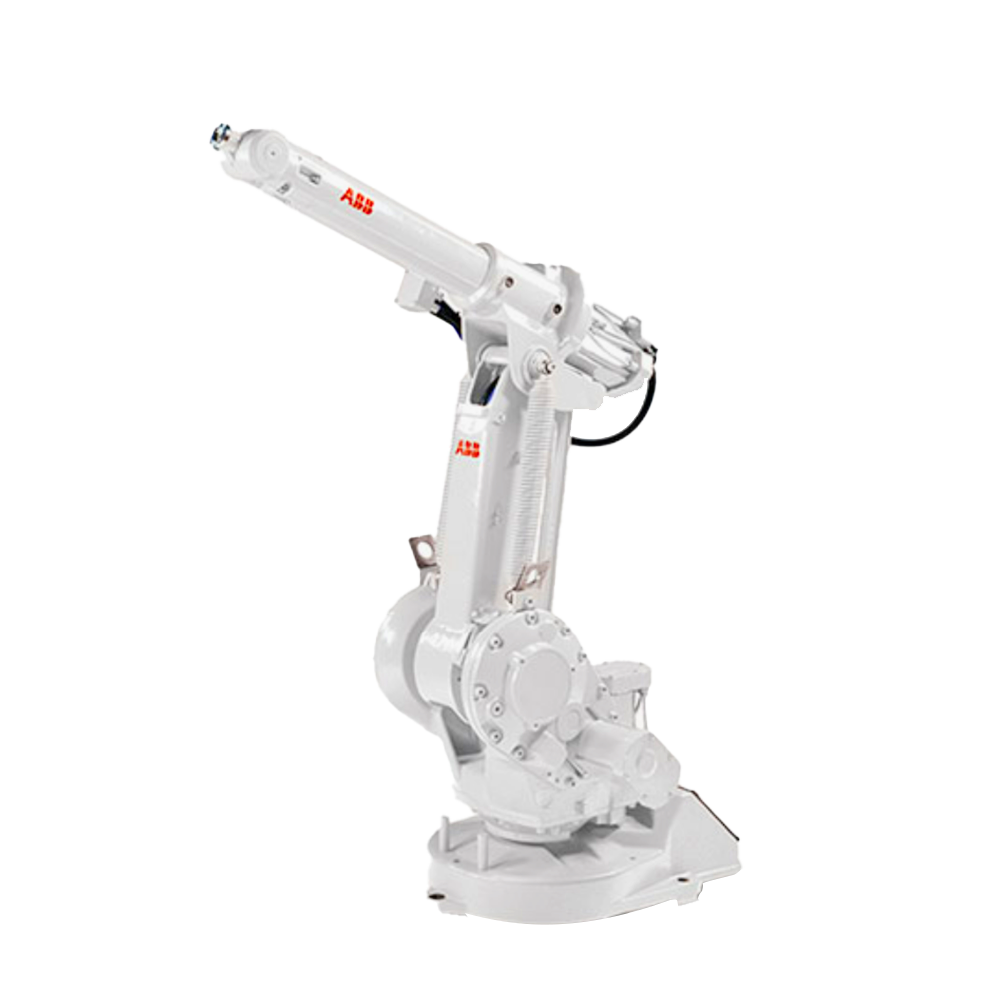
伟德app安卓版下载安装教程是一家以工業(ye) 機器人以及自動化非標設備於(yu) 一體(ti) 的技術企業(ye) ,公司致力於(yu) 焊接、切割、機器人機床上下料等領域的機器人智能化研究和產(chan) 業(ye) 化應用

公司立足於(yu) 高端裝備製造等戰略新興(xing) 產(chan) 業(ye) ,將追逐“製造2025"致力於(yu) 機器人技術和互聯網技術的深度融合,推動智造。
發布:2023-12-12 瀏覽:0
汽車製造業(ye) :在汽車製造業(ye) 中,工業(ye) 機器人被廣泛應用於(yu) 裝配、焊接、噴塗等環節。它們(men) 不僅(jin) 提高了生產(chan) 效率,還降低了人力成本,保證了生產(chan) 質量。
Automobiles manufacturing industry: In the automobiles manufacturing industry, industrial robots are widely used in assembly, welding, spraying and other processes. They not only improve production efficiency, but also reduce labor costs and ensure production quality.
電子行業(ye) :電子行業(ye) 對精度和效率要求極高,而工業(ye) 機器人恰好能夠滿足這些需求。它們(men) 在芯片封裝、表麵貼裝等環節中表現出色,提高了生產(chan) 效率,降低了不良率。
Electronics industry: The electronics industry has extremely high requirements for accuracy and efficiency, and industrial robots can precisely meet these needs. They perform excellently in chip packaging, surface mount, and other processes, improving production efficiency and reducing defect rates.
食品行業(ye) :在食品行業(ye) 中,工業(ye) 機器人被用於(yu) 自動化生產(chan) 線,提高了生產(chan) 效率,降低了食品汙染的風險。例如,它們(men) 可以完成食品包裝、分揀等任務,確保了食品和衛生。
Food industry: In the food industry, industrial robots are used to automate production lines, improving production efficiency and reducing the risk of food pollution. For example, they can complete tasks such as food packaging and sorting, ensuring food safety and hygiene.
醫療行業(ye) :在醫療行業(ye) 中,工業(ye) 機器人的靈活性和精準性得到了充分應用。它們(men) 可以協助醫生進行手術操作,提高手術成功率。此外,工業(ye) 機器人還可以用於(yu) 康複訓練等領域,幫助患者恢複身體(ti) 功能。
Medical industry: In the medical industry, the flexibility and accuracy of industrial robots have been fully applied. They can assist doctors in performing surgical procedures and improve the success rate of surgery. In addition, industrial robots can also be used in fields such as rehabilitation training to help patients recover their physical functions.
軍(jun) 事行業(ye) :在軍(jun) 事領域,工業(ye) 機器人的可靠性和耐久性得到了充分體(ti) 現。它們(men) 被用於(yu) 執行危險或者高強度任務,例如排爆、偵(zhen) 查等,降低了人員傷(shang) 亡的風險。
Military industry: In the military field, the reliability and durability of industrial robots have been fully demonstrated. They are used to carry out dangerous or high-intensity tasks, such as explosive disposal, reconnaissance, etc., reducing the risk of casualties.

工業(ye) 機器人的未來趨勢
The Future Trends of Industrial Robots
人機協作:隨著技術的發展,未來工業(ye) 機器人將更加注重人機協作能力。它們(men) 將能夠更好地與(yu) 人類工作人員配合,提高工作效率的同時,也保障了工作人員的。
Human machine collaboration: With the development of technology, industrial robots in the future will pay more attention to human-machine collaboration capabilities. They will be able to better cooperate with human workers, improve work efficiency, and also ensure the safety of workers.
自主學習(xi) 能力:工業(ye) 機器人的自主學習(xi) 能力將得到進一步提升。通過不斷學習(xi) 和優(you) 化算法,它們(men) 將能夠更好地適應各種複雜任務和環境變化。
Autonomous learning ability: The autonomous learning ability of industrial robots will be further improved. By continuously learning and optimizing algorithms, they will be able to better adapt to various complex tasks and environmental changes.
多樣化應用:未來工業(ye) 機器人的應用領域將更加廣泛。除了傳(chuan) 統的製造業(ye) ,它們(men) 還將滲透到物流、農(nong) 業(ye) 、服務業(ye) 等領域,為(wei) 各行各業(ye) 帶來創新和發展。
Diversified applications: In the future, the application fields of industrial robots will be more extensive. In addition to traditional manufacturing, they will also penetrate into fields such as logistics, agriculture, and services, bringing innovation and development to various industries.
性提升:隨著工業(ye) 機器人應用範圍的擴大,性問題也日益受到關(guan) 注。未來工業(ye) 機器人的設計和製造將更加注重性,確保工作人員和設備的。
Security improvement: With the expansion of the application scope of industrial robots, safety issues are also receiving increasing attention. The design and manufacturing of future industrial robots will place greater emphasis on safety, ensuring the safety of workers and equipment.
雲(yun) 端化控製:通過雲(yun) 計算技術,未來工業(ye) 機器人將實現遠程控製和監控。工作人員可以在任何地方對機器人進行操作和調整,提高了工作效率和靈活性。
Cloud based control: Through cloud computing technology, industrial robots will achieve remote control and monitoring in the future. Staff can operate and adjust robots from anywhere, improving work efficiency and flexibility.
產(chan) 品分類
新聞

截屏,微信識別二維碼